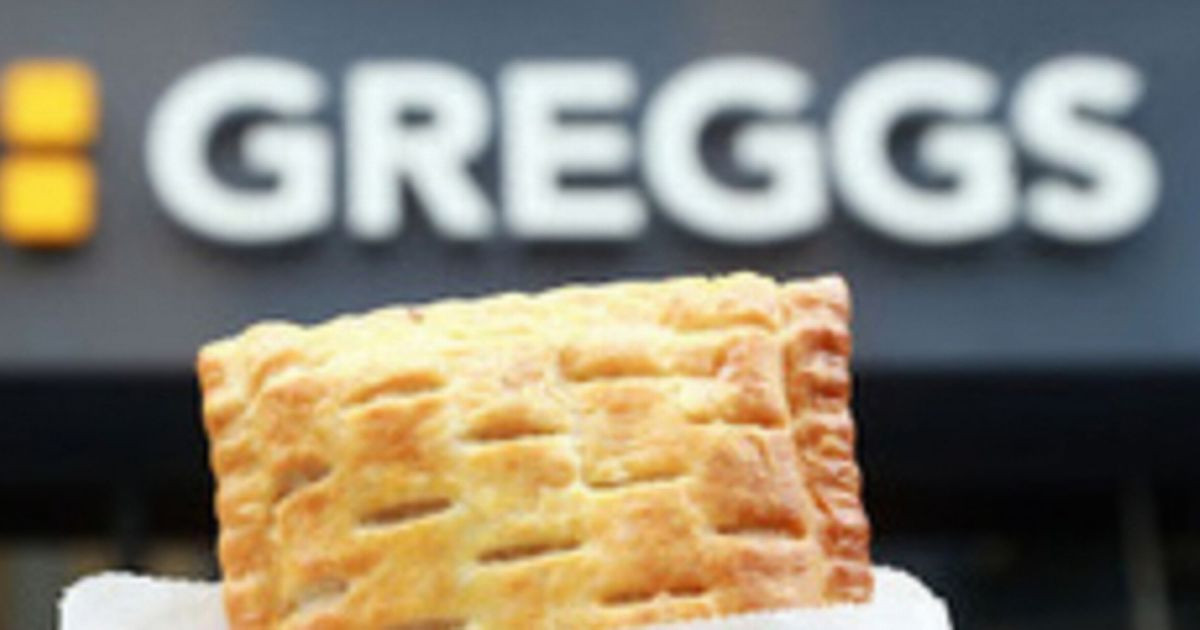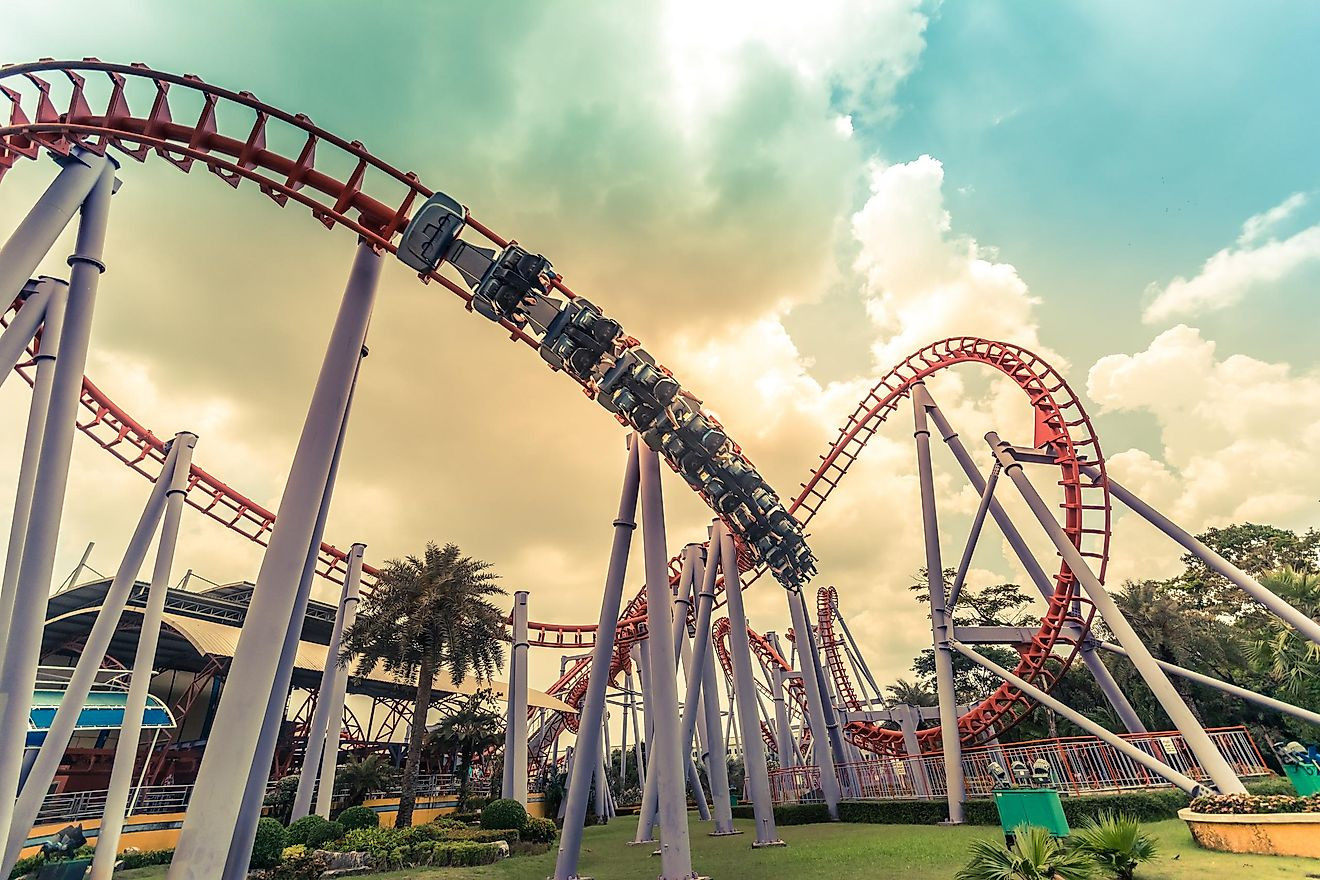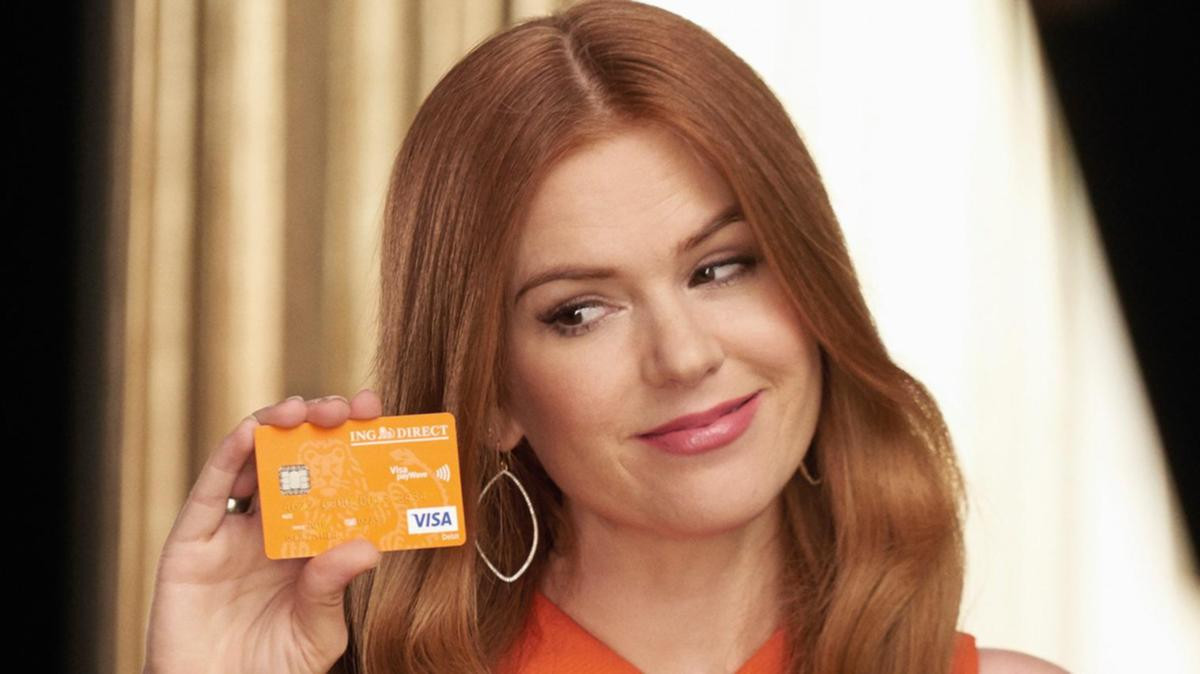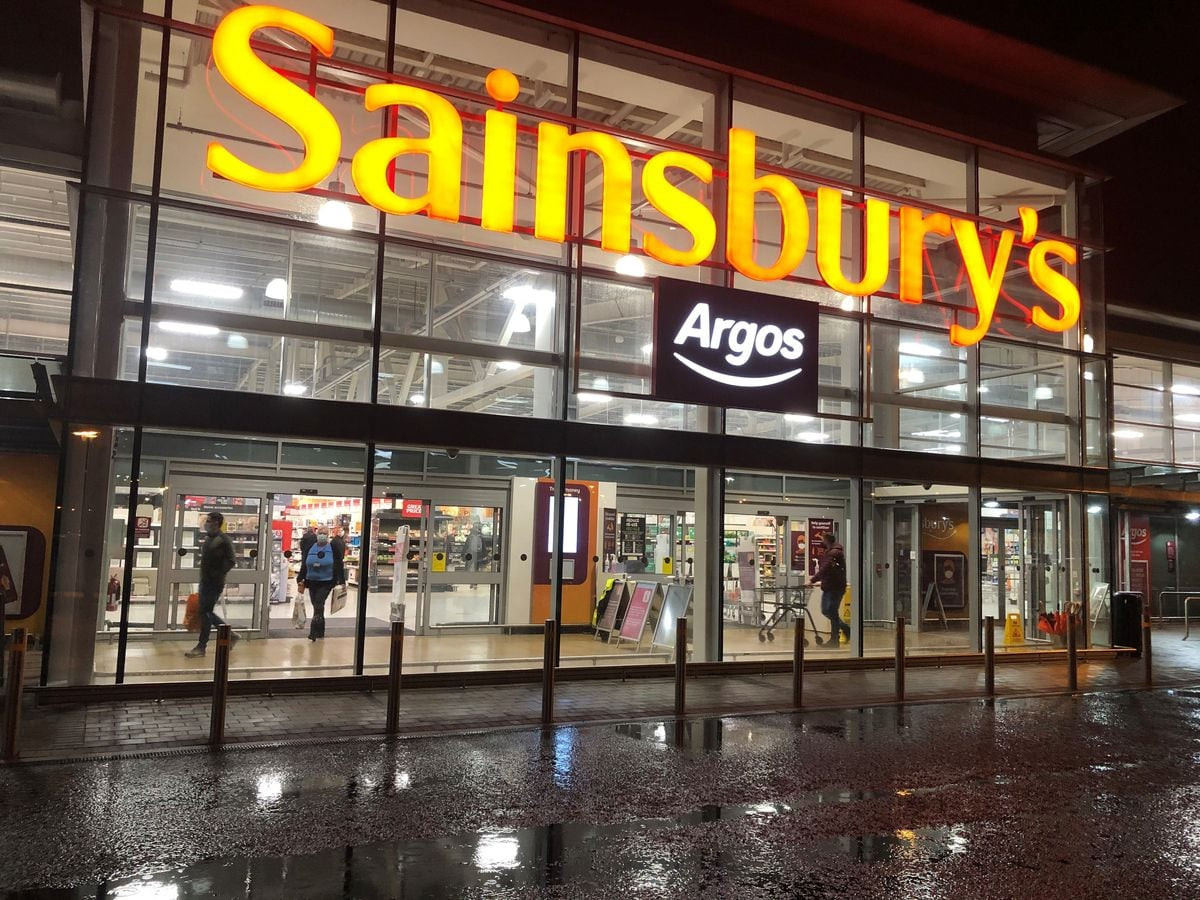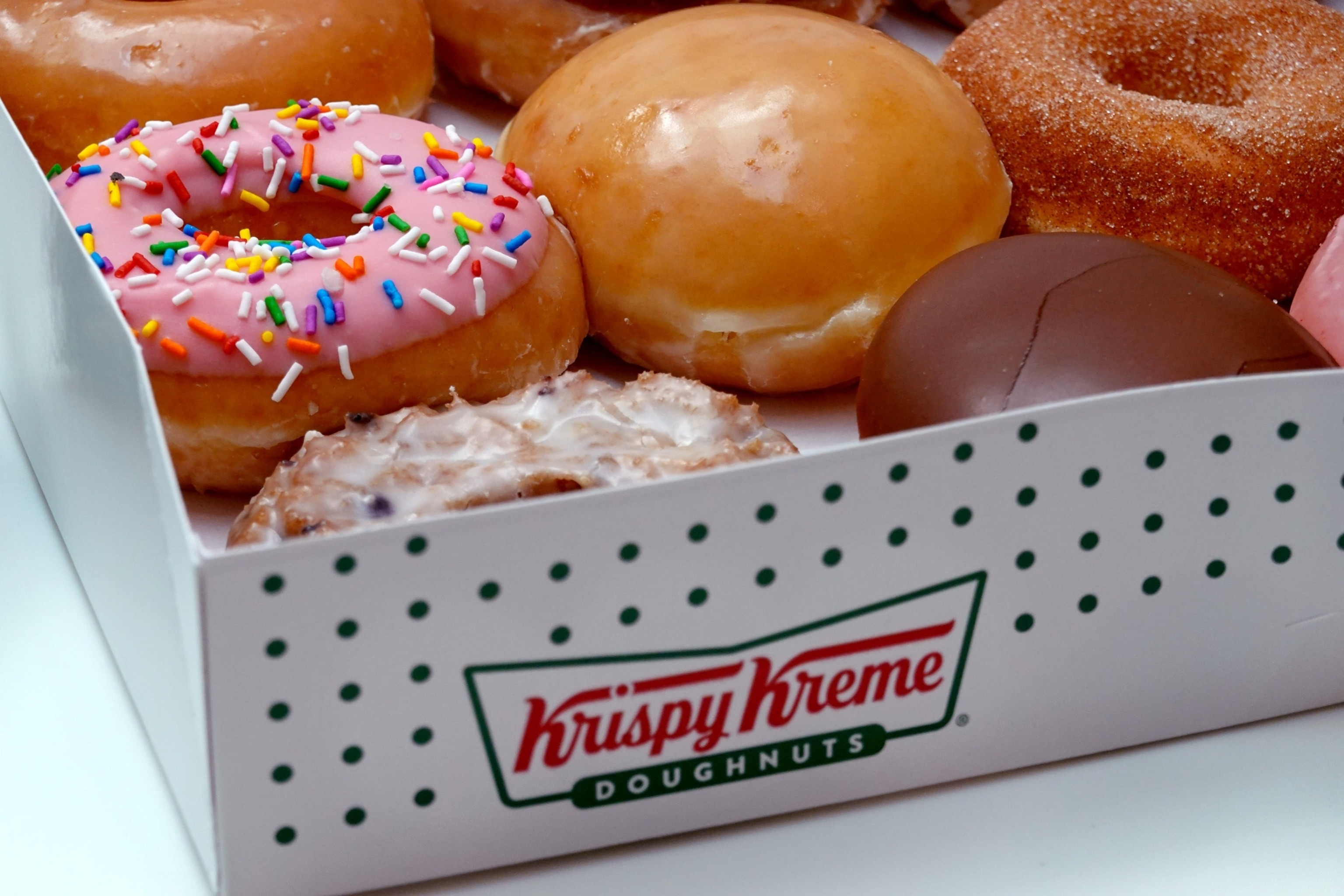Greggs (LSE: GRG) shares have delivered mouth-watering returns in recent years. But how does the firm stack up from a passive income investor's perspective? And can the Greggs share price continue to outperform other FTSE stocks over the coming years?
Let's tuck in to the detail.
A Decade of Growth
Greggs (LSE: GRG) shares floated on the London Stock Exchange in 1984 with a market capitalisation of £15m and an estate of just over 260 shops. Today, it’s a £3.2bn FTSE 250 company with over 2,500 stores.
Needless to say, the share price has increased massively over these four decades. But what if I’d ‘only’ invested a decade ago? How much would 1,000 shares be worth today? Let’s find out.
Fast-forward to today, one share trades for 3,152p (£31.52). That’s a juicy 488% increase. So my holding would be worth £31,520.
Obviously, that’s a fantastic long-term return. But factor in the dividends too, including the occasional special dividend as a treat, and the total return would be almost £40,000.
Next year, Greggs is forecast to dish out a dividend of 74.4p per share. Assuming this is met, which isn’t guaranteed yet, I’d be set to receive another £744 from my 1,000 shares.
And that would be regardless of whether the share price went up or down.
Greggs' Growth Story
In 2013, the firm changed its focus from high street bakery to affordable food-on-the-go. Since then, it’s made significant strides in expanding beyond its traditional heartland in Northern England.
It has specifically targeted areas with high foot traffic and convenient locations, including airports, railway stations, retail parks, and service stations. In 2017, it opened its first drive-through.
It’s currently launching café-style formats in supermarkets like Sainsbury’s, Asda and Tesco, while increasing its presence on delivery apps Just Eat and Uber Eats. Evening trade (post-4pm) is booming.
In future, the company plans to have significantly more than 3,000 shops and is building the supply chain capacity to support this growth.
International expansion might also be on the cards at some point, even though its last foray overseas didn’t end well. This could bring uncertainty and execution risks, so would need to be managed sensibly.
Financial Performance
In the first half of 2024, total sales grew 13.8% year on year to £961m, while underlying pre-tax profit rose 16.3% to £74m. The interim dividend was hiked 18.7% to 19p per share.
Clearly, business is great at Greggs, and this is reflected in the stock’s valuation. It’s currently trading at 23 times earnings. That’s almost double the FTSE 250 average, meaning it’s sporting a premium valuation.
Potential Risks
This could be problematic if healthier eating habits quickly take hold, as some predict. Weight-loss drugs like Wegovy are on the rise and these can suppress cravings for high-calorie foods, including sugary and baked goods. This could jeopardise the firm’s expansion plan and impact earnings growth.
On the other hand, Greggs has a fantastic track record when it comes to menu innovation. Many were sceptical when it introduced its vegan sausage roll in 2019 in response to a rise in plant-based foods. Yet the product became another cult hit.
It’s now expanding its Healthier Choice range, which includes salads, rice bowls and chicken wraps.
Conclusion: A Tasty Investment?
Over the long run, I think Greggs stock will continue to do well. I’m holding on to my shares. But I’m also looking at Sweetgreen, the fast-growing salad chain, to hedge my bets.
The post Here’s how much I’d have if I’d bought 1,000 Greggs shares 10 years ago appeared first on The Motley Fool UK.





